Sheepeater: To Cry For A Vision
$20.99
Erik Larson is twelve and orphaned. He is forced to choose between living with the ghost Indians, known as the Sheepeaters, or follow his white-man ways and likely perish.
Paperback – Paperback: 364 pages Publisher: iUniverse; Second Edition, Star Edition, (April 7, 2018) Language: English
Softcover ISBN: 978-1-5320-4531-8
Hardcover ISBN: 978-1-5320-4700-8
Product Dimensions: 6 x 0.8 x 9 inches Shipping Weight: 1.2 pounds
BOOK NOTES:
Sheepeater: To Cry for a Vision deals with survival, coming-of-age, and mixed cultures. It is written at a cross-over level between teenager and adult and is quite suitable for older teens. It is rich in Native American culture, the 19th Century pioneer days, and Swedish culture. It is based on the geography and history of Central Idaho, particularly the Middle Fork of the Salmon River. Sheepeater received a finalist award for historical culture from the Next Generation Indie Book Awards. It was also awarded Editor’s Choice by iUniverse as well as their Star designation. It is now in its second edition.
Sheepeater is the first novel in a planned series that concludes with the Sheepeater Indian War of 1879. All the novels in the series can stand alone since adequate backstory is given in each. All illustrations are the author’s work. The cover painting depicts the Middle Fork of the Salmon River.
DESCRIPTION: It is 1862 and twelve-year-old Erik Larson and his Swedish family are headed west in a wagon train from Minnesota in search of a valley to homestead in pre-Idaho Territory. The family holds high hopes that their new home will provide the happiness they seek, that is, until a deadly illness strikes. When Erik’s own mother becomes ill, the wagon master decides to push ahead, intent on outracing a blizzard. Unfortunately, winter arrives with a vengeance, and with his sister far ahead in another wagon, Erik is stranded with his parents. After his father experiences a fatal fall, Erik and his mother face a brutal winter-alone on the windswept prairie. Erik is convinced that to survive he must seek help from the Sheepeater Indians. After he meets the Sheepeaters, he deals with prejudice and life-threatening danger and begins to question everything he’s ever believed. Without the skills to hunt or fish, Erik must confront an agonizing choice-either perish or become a member of the Sheepeaters. A poignant partnership soon unfolds between the Native Americans and a white man who has just one dream--to reunite with his sister. A novel by Joseph Dorris AUTHOR'S NOTES: I grew up in McCall, Idaho and spent much of my youth wandering the mountains and canyons of the wilderness that surrounded my home. I learned of the Sheepeater people primarily from my father who was a bush pilot and game warden. I subsequently, began seeking an understanding of their lives. I also have a passion for the Native Americans of the 19th Century and their art and culture and have pursued learning what I can about these first people. My depiction of the Sheepeater people is based on what archeologists have determined from their dress, art, weapons, lodges, and other physical aspects. Much of their spiritual beliefs, culture, and social behaviors have been lost or clouded in time. Where able, I based my story on open but scanty sources. I recognize there is a great deal not understood about these ghost Indians. Sheepeater is not meant to be a treatise on these people’s culture but rather uses their general attributes and practices to present an engaging and educational novel about what could have been. Although the Sheepeater people would have likely been receptive to taking in a white boy, there is no known instance of this. (They did harbor refugees from the Bannock and Nez Perce wars, which directly contributed to the Sheepeater War of 1879.) The vision seeking which I depict is more related to the Plains Indians. In most Native American cultures, including the Shoshoni, a young man sought a vision in which he hoped a spirit helper would be revealed to him. This undertaking varied among the many peoples but generally involved sacrifice and extended prayers. Frequently, a holy man or woman would help interpret these visions. I chose the Salmon River country near the Lemhi Valley as the site where Erik would have entered Sheepeater country. Wagon trains would have turned west just north of present-day Arco to follow the Goodale Cutoff. Erik’s father continued north through desolate country looking for a place to winter. Erik’s cabin would have been just over the divide in the Salmon River drainage and west of where Lewis and Clark met the Lemhi Shoshoni (Sacajawea’s people). Although the Sheepeaters are Northern Shoshoni, they were much more nomadic and isolated than the other Northern Shoshoni. They did mix with the Lemhi Shoshoni but rarely. They preferred the isolation of the canyons. As I depicted, they did not yet have horses but began acquiring them about the time of my story. Among the other attributes which I have attempted to capture, including the use of two brains to tan hides and the use of soapstone bowls, they were recognized as skilled foot hunters—perhaps the best. Sacajawea’s people, in contrast, acquired horses at nearly the same time as the Plains Indians and subsequently, developed a horse culture similar to the Plains Indians. The Middle Fork Sheepeaters also differed from the Yellowstone Sheepeters, those people identified by Osborne Russell and described by David Dominick. Nevertheless, their dress and the use of the horn bow were similar. There were differences in hunting habits and other cultural aspects. Although my intent has been to capture an engaging coming-of-age tale within a completely foreign culture, I hope I have not incorrectly portrayed the Sheepeaters. I welcome any corrections and your thoughts and inputs.
Related Posts

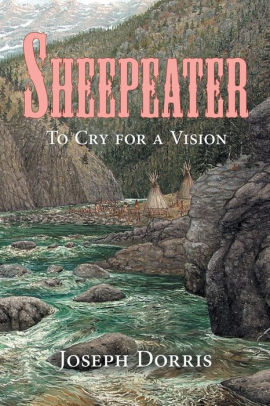
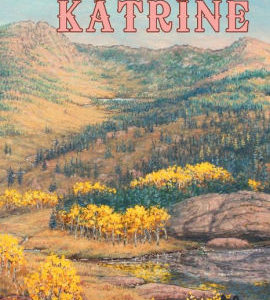
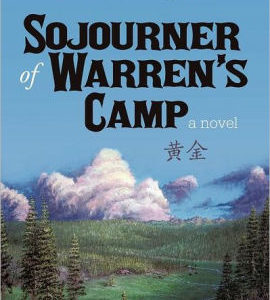
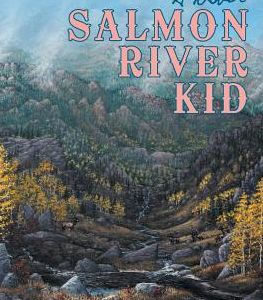
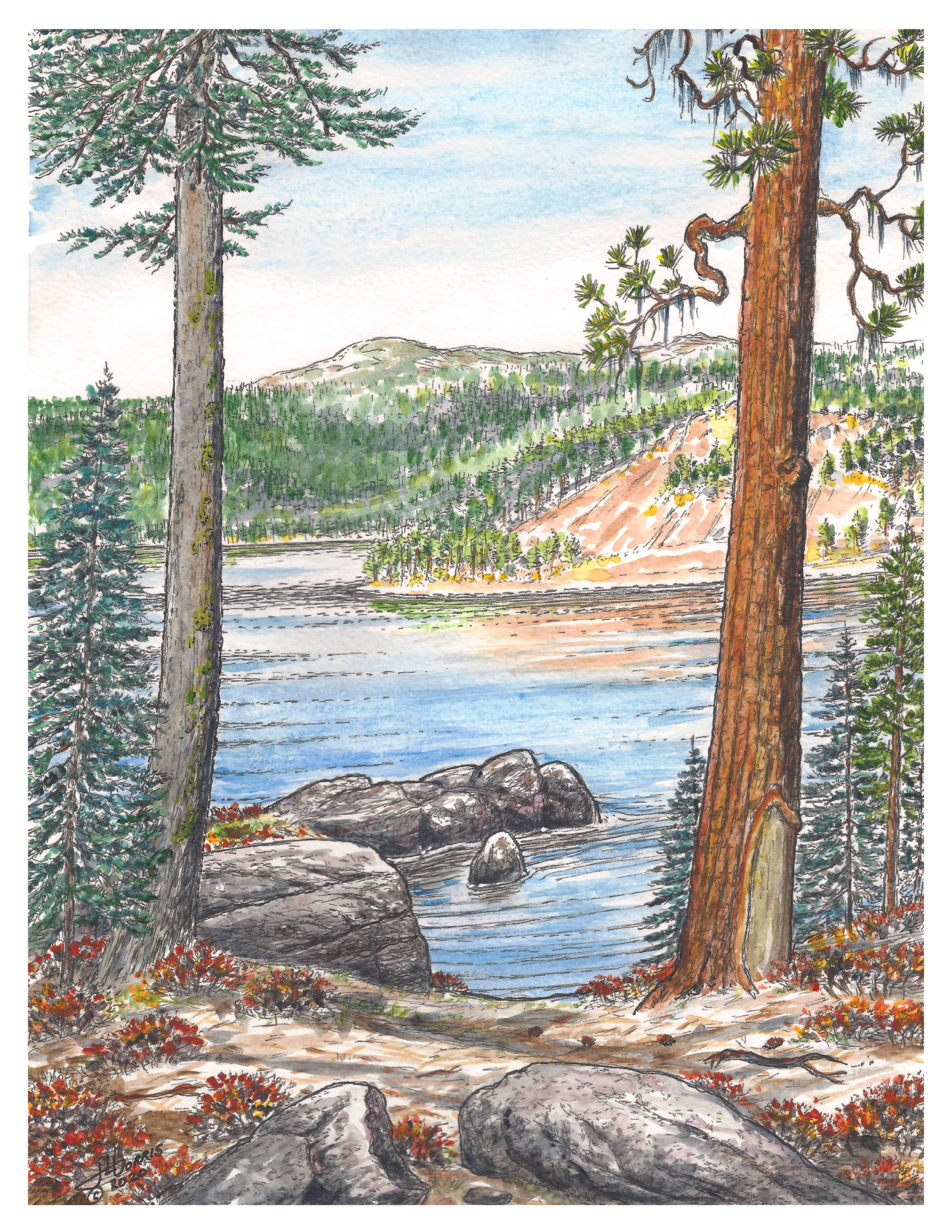
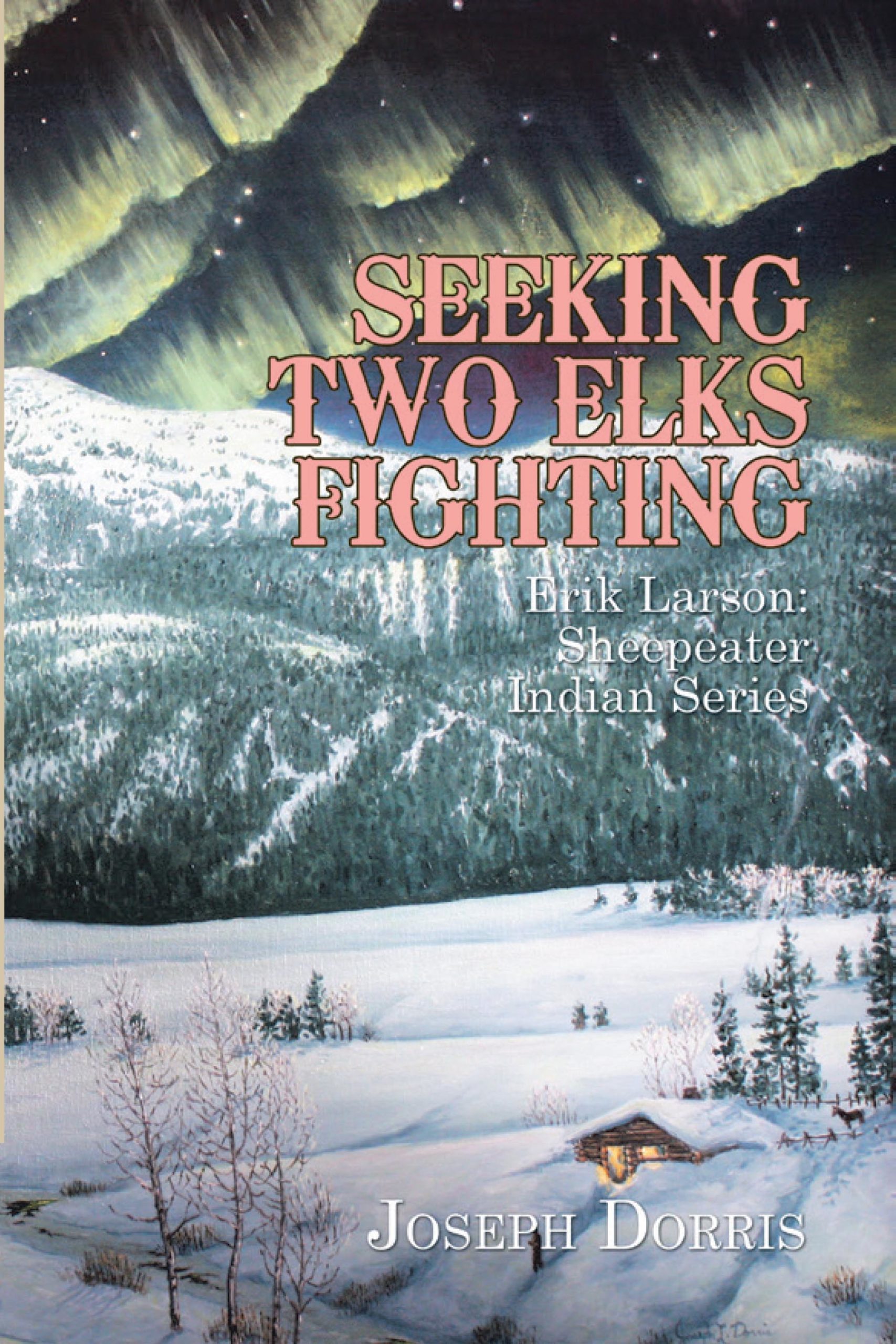
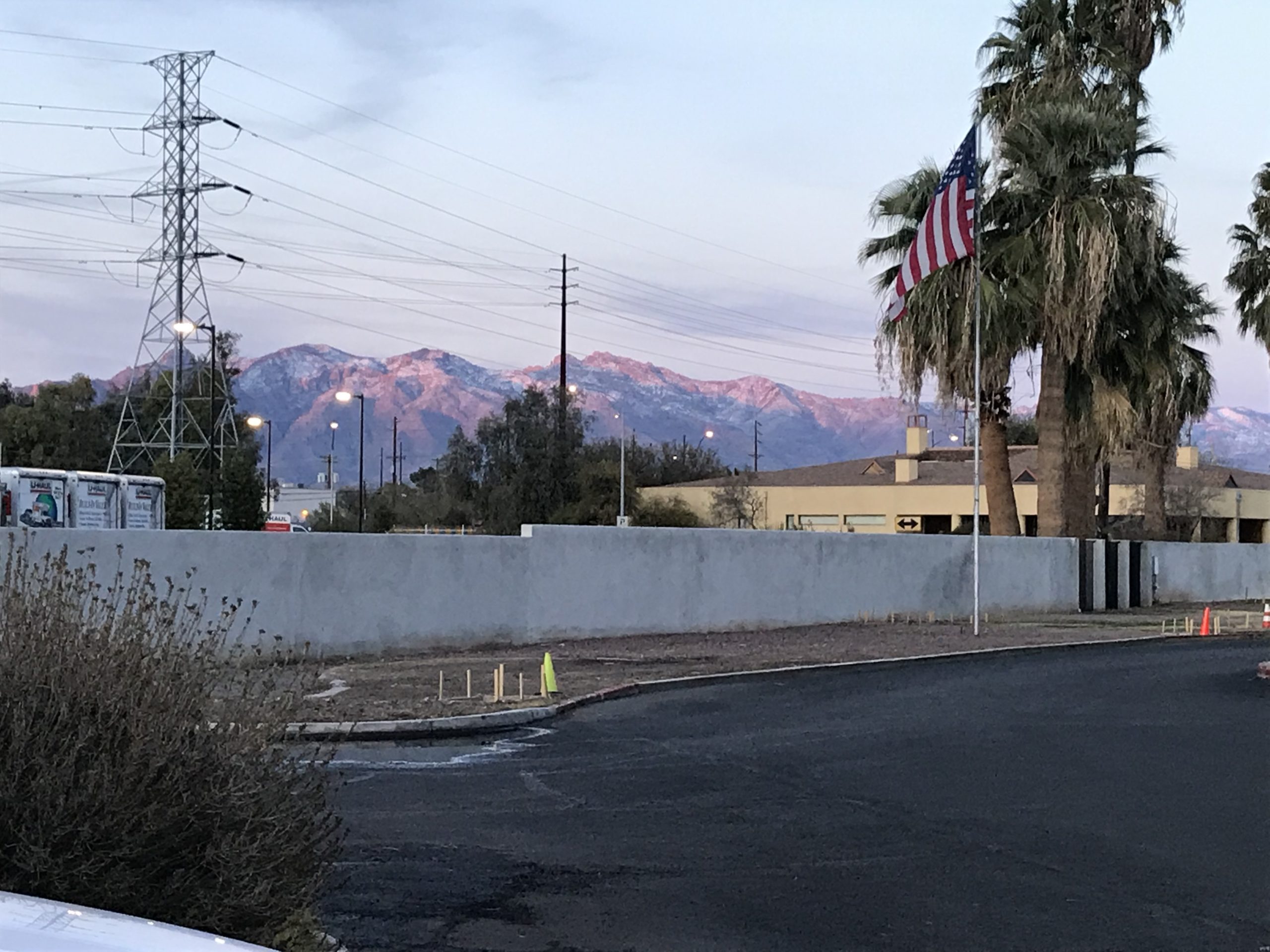
Reviews
There are no reviews yet.